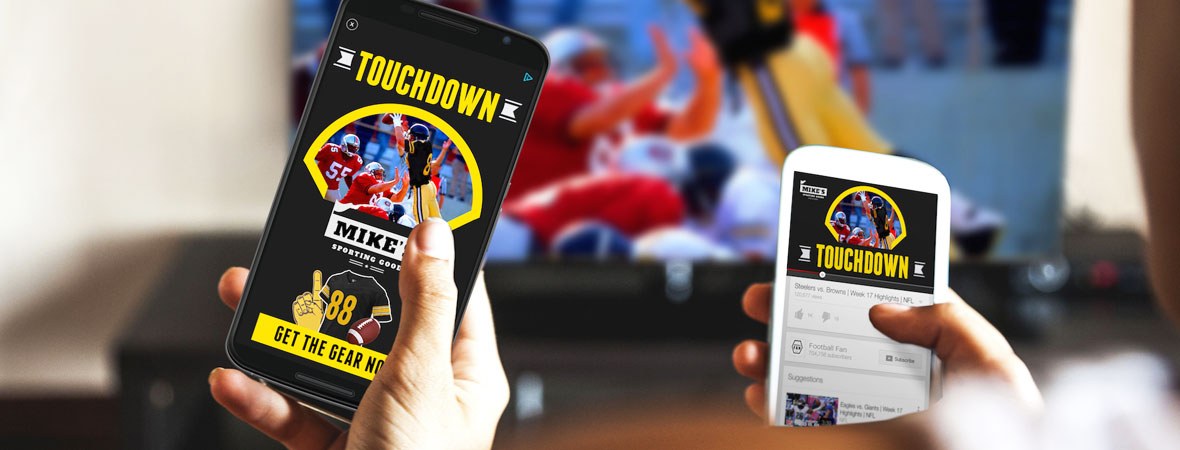
Real-Time Ads have arrived
In the world of Big Data, rather ironically, our digital worlds are being chopped down into the tiniest of pieces, where marketers are capturing even the minutest strands of information and then organising it in a way that can be used to their benefit. Google’s Real-Time ads are just another example of this trend in play.
Through Real-Time Ads, Google has developed an ad format for marketers to reach people at the optimal time. Mobile has made this possible, because regardless of where potential customers are or what they’re doing, they’re accessible and open to being marketed to. What’s more, it means that advertisers will be able to better correlate their products and services with major events happening all around.
‘With Real-Time Ads,’ says Google, ‘brands will be able to instantly run an ad across YouTube, hundreds of thousands of apps, and over two million sites in our Google Display Network with a message that ties directly to the big moment consumers just experienced.’ As Real-Time Ads are still in their early stages of development, it is only available to a select few brands. The service is expected to broaden out its accessibility later this year.
Real Time Ads, Consumers & Marketers
Already the advertising content consumers see is tailored to them, reflecting their previous browsing history.
Real-Time Ads take this further, providing people with advertising material that is relevant to them in the moment, capturing the excitement and suspense-building hype of those big moments we might be sharing with people all around the globe.
Of course, for marketers, Real-Time Ads are just another reason to revel and be thankful for the marketing power mobile provides.
Reaching consumers at the right time is no easy feat. Reaching consumers at the right time, while they’re at the right place, doing the right thing—that’s even trickier.
Now, however, with a platform like Real-Time Ads, savvy marketers who are hyper-aware of the world around and more pointedly, how their market-base might be responding to that world, have the ability to capitalise on current events by tailoring their marketing materials to reflect real-time events.
And Businesses?

Think back to that ever-elusive black and blue, or rather, white and yellow, dress. That was a micro-moment that permeated throughout the entire world, confusing and entertaining people from all walks. Real-time ads will allow organisations to make the most of events such as this, where they can build a sort of intimacy and recognition with their customers that simply wasn’t possible before. It does that by bringing their business in on the action, adding the brand to the conversation—by being relatable, basically, like good a good friend who’s always around during the big moments.
It will be interesting to see how Google’s Real-Time Ads affects the landscape in which consumers receive advertising. Will it prove a game-changer that will completely transform, albeit slowly, the way businesses interact with their one true asset—their customers? Or will it prove to be a subtle transformation, a less conspicuous dynamic shift we barely even notice, infiltrating our digital lives under the radar? Although I’m of the opinion that it will be the latter, time will certainly tell.
